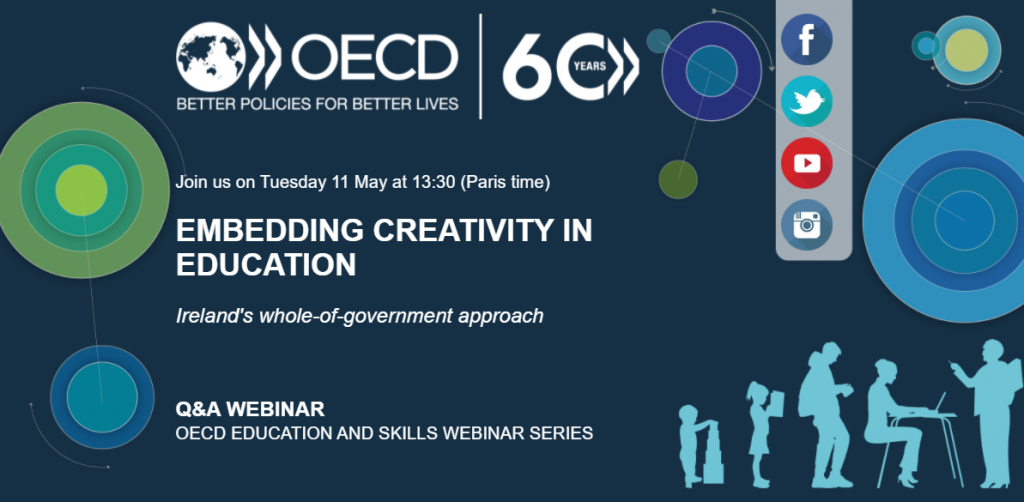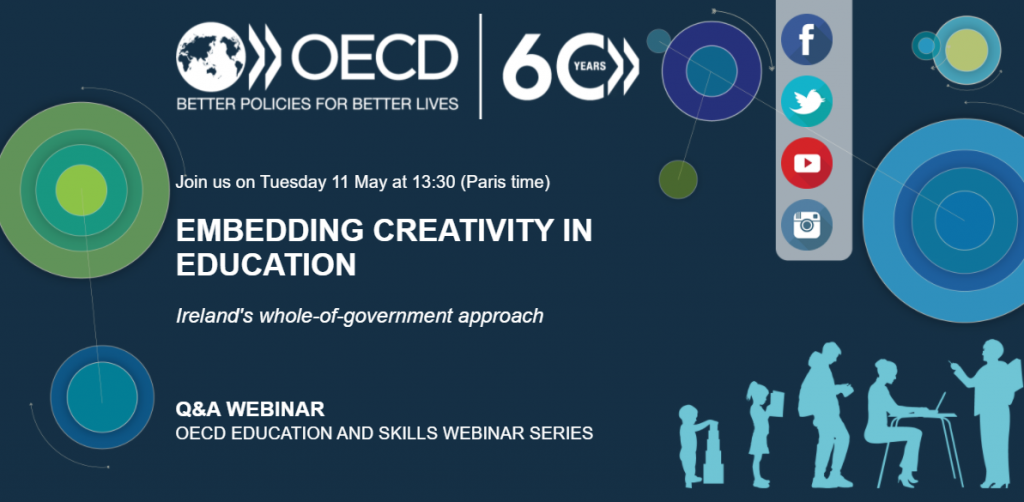
Recognizing the pivotal role of creativity in young people’s lives and their local communities, the Organisation for Economic Co-operation and Development (OECD), through the all-of-government Creative Ireland Programme – Creative Youth Plan, organized a webinar entitled “Embedding Creativity in Education: Ireland’s whole-of-government approach” on May 11, 2021, Manila time, via Zoom. The said platform served as sharing of resource persons’ invaluable insights and best practices as experienced by the Ireland government during the implementation of “creative learning.”
The entire session highlighted the importance of moving into the idea of creative learning among the schools and communities, and the significance of careful implementation in cultivating and assessing creativity and critical thinking of the young people. The shared inputs were situated at an Irish teaching and learning context.
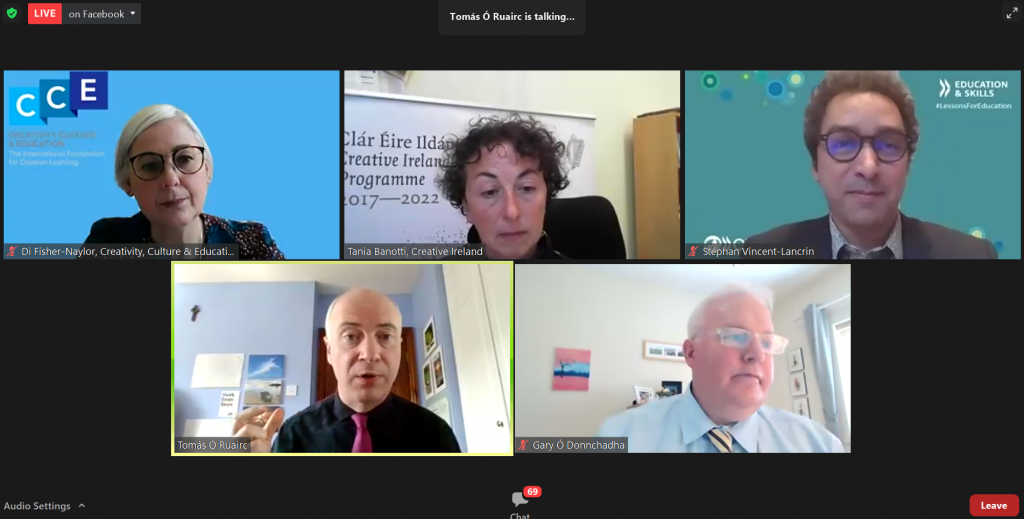
The moderator, Mr. Stéphan Vincent-Lancrin, Senior Analyst and Deputy Head of Division in the OECD Directorate for Education and Skills, was joined by the resource persons namely: 1) Tania Banotti, Director of the Creative Ireland Programme; 2) Gary Ó Donnchadha, Deputy Chief Inspector, Department of Education, Ireland; 3) Tomás Ó Ruairc, Director of the Teaching Council, the professional standards body for teaching in Ireland; and 4) Di Fisher-Naylor, Director of Creativity, Culture and Education (CCE), an international foundation that leads creative learning programmes in schools.
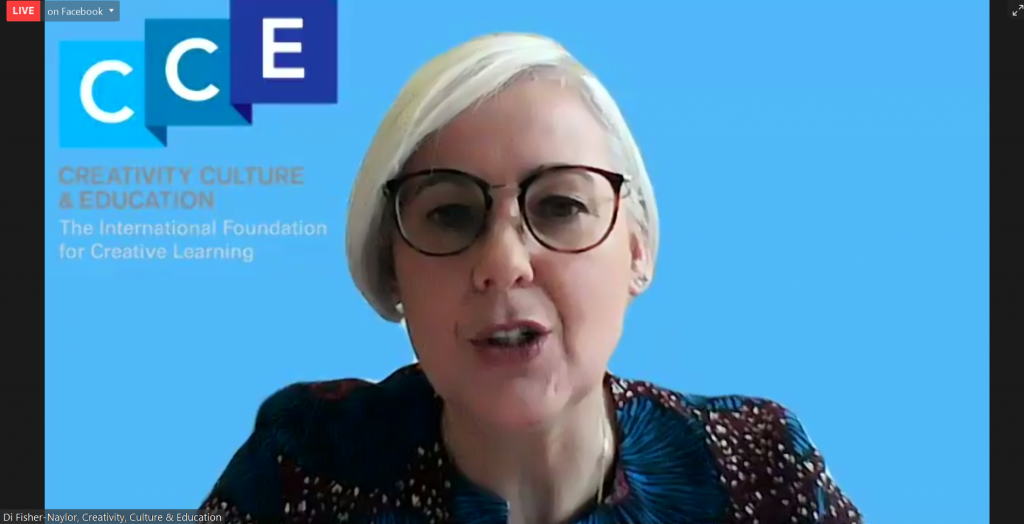
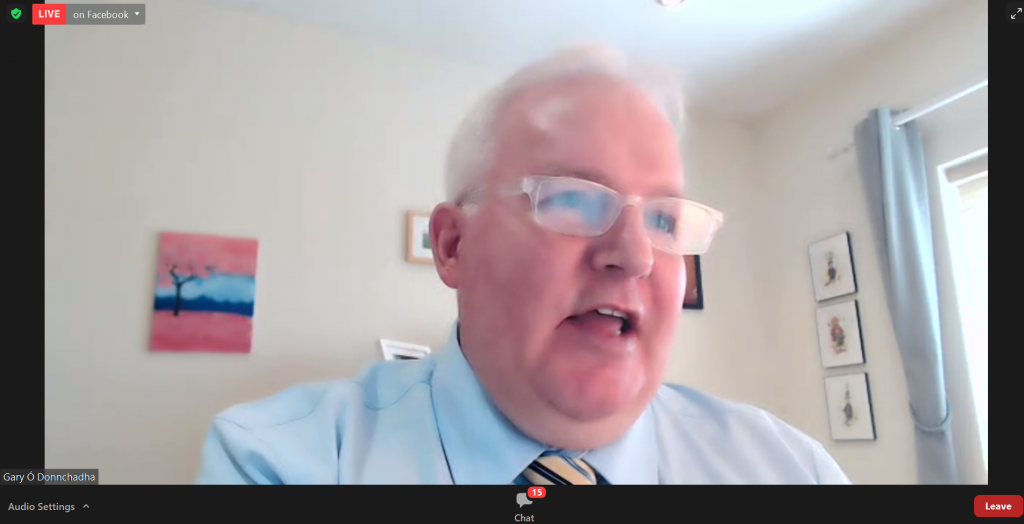
During the discussion, it was emphasized by Ms. Naylor and Mr. Donnchadha that creative approaches and new teaching and learning strategies are first achieved by posing a precise, coherent and explicit definition of “creative learning,” including how it looks like. This concept might be abstract for others. There might be a confusion on the implementation if it is not well-defined by the administrators at the school level. Hence, the school administrators are challenged to conduct self-assessment and establish their priority needs in terms of integrating creativity in their curriculum and teaching and learning, as mentioned by Ms. Naylor. She also added that the current curriculum must be scrutinized to determine the starting point and that the spectrum of arts and creativity must be checked to embed creativity and other important skills into the curriculum. However, creative learning must not be limited to arts but may also mean bringing in data and correlating it with other learning areas such as physical education and foreign languages, among others, as expounded by Mr. Donnchadha. He said that investment on data enables one to improve it and provide opportunities for the administrators and implementers to track creativity.
Moreover, it was stressed out that policy frameworks relative to creative learning approach must be closely worked with the communities. It was reiterated by Ms. Naylor that the government must continue listening to the young people and invest on programs that will support teachers in their teaching journey. Mr. Ruairc noted that creativity is not just a destination but an entire process. It means fluidity of space. Teachers were stirred up to create their own space and to reflect their learning and creativity. In order to produce creative students, there must be creative teachers which is only attainable if there are creative communities.
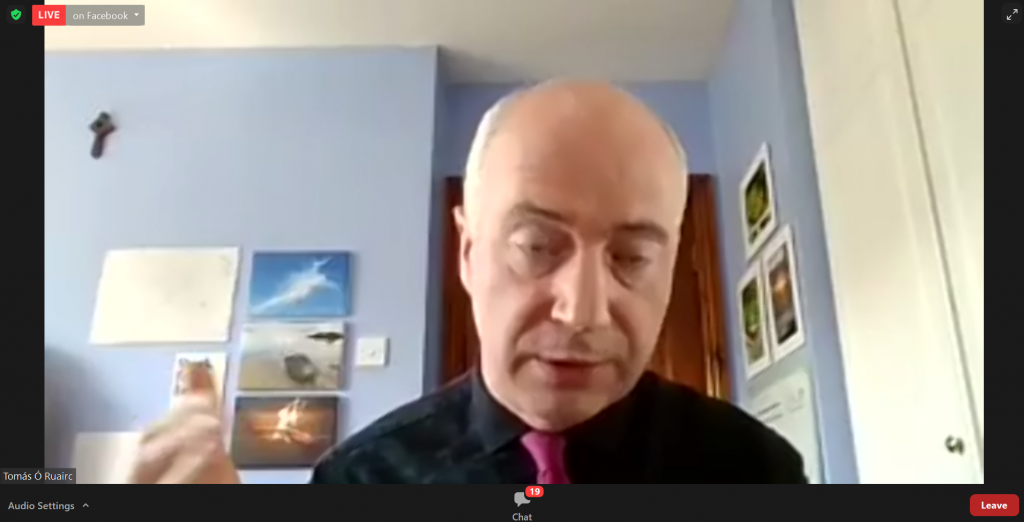
To exhibit creative communities, children consultation meetings and active engagement of the communities, especially the parents, must be closely implemented and monitored. Through these strategies, the Irish government was able to discover new pedagogical approaches responsive to common learning challenges. In fact, some of the consultation meetings revealed the low participation of parents in cultivating creativity among the young people. As a response, the Irish government shifted into educating the parents on the value of education and the positive impact of nurturing creativity in their lives. It was explained that natural curiosity among children is as valuable as its shaping. Thus, the government must sustain an active dialogue with the young people and the communities and strategically embed creativity through evaluation of programs and adaptation of changes. The communities were also affirmed of its diversity and were highly encouraged to wander freely even if it means crossing curriculum boundaries.
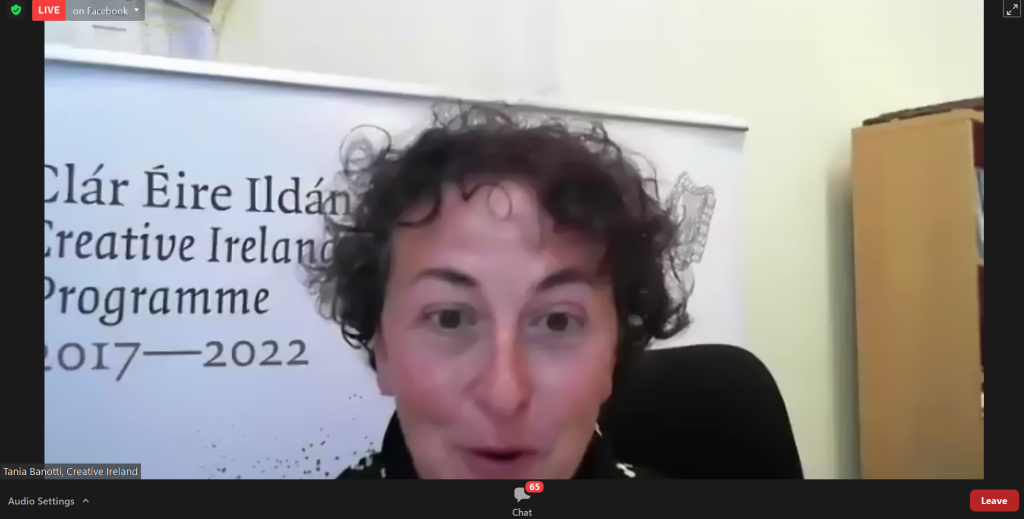
At the end of the webinar, the resource persons reminded everyone that with the vision of delivering creative learning to every child across the land, the policy makers can only consider it successful once this purpose becomes a natural work for all.
Participating in such webinars enables the LCC Secretariat to broaden its perspective and update its current knowledge of issues and concerns experienced not only by the education sector of the Philippines but of the international community. By considering and studying the shared best practices of neighboring countries such as the Ireland, the Council may come up with policy recommendations that would elevate the literacy and socio-economic status of the nation.
